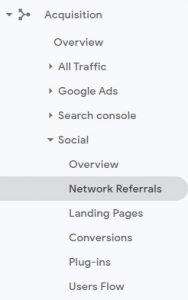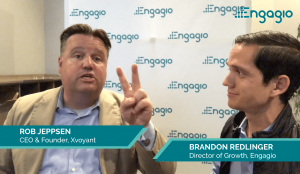The latest Digital Life Index release from Publicis Sapient sees huge downsides for brands unable to create connected digital experiences.
The 2021 edition of the Digital Life Index, compiled by digital consulting firm Publicis Sapient, confirms that customers demand seamless digital experiences from brands. It also reveals which verticals are successfully providing those experiences, and predicts a “huge downside” for those that fail.
This ongoing research project, based on a survey of over 9,000 individuals in 12 global regions, confirms that digital interactions are now strongly preferred to in-person encounters, especially for financial services, travel and other ticket purchases, non-grocery shopping and even healthcare. The reason for the growing demand is the ease and convenience which these experiences can provide (as many discovered for the first time during the pandemic lockdown).
Conversely, digital experiences that are difficult, disconnected and hard to navigate will be rejected. This conclusion is based on looking at data from two cohorts: Consumers in developing countries and Gen Z. What these cohorts have in common is that their digital engagement is relatively recent and their preferred device is the smartphone. Being digital (and smartphone) first is strongly predictive of attitudes towards digital experiences.
Best and worst. Consumers are most satisfied with the experience delivered by the financial services vertical (and both those cohorts are heavy adopters of online banking). The sectors which scored worst included real estate, transportation and energy and utilities. There is high interest in telehealth, but as yet the space has failed to connect all parts of the patient journey.
Other verticals have work to do too. Individuals like using digital channels to discover, and increasingly to purchase, products, but they face difficulties when making returns or resolving customer service issues. Winners will be those brands that can get the customer what they want, when they want it, in a friction-free way.
Why we care. In some ways, stating that connected and seamless digital experiences are preferable to disconnected and problematic ones can seem a platitude. The contribution made by this report is to show how sectors have responded so far — and also to draw attention to striking commonalities between two important quite different cohorts.
We can all point to bad customer experiences. The truth is we may be stuck with transportation and utilities, whether they provide good CX or not. But this is a warning to those brands which aren’t digital first and customer-centric and which customers can easily walk away from.
The post Winning and losing in the new digital economy appeared first on MarTech.
MarTech(25)








